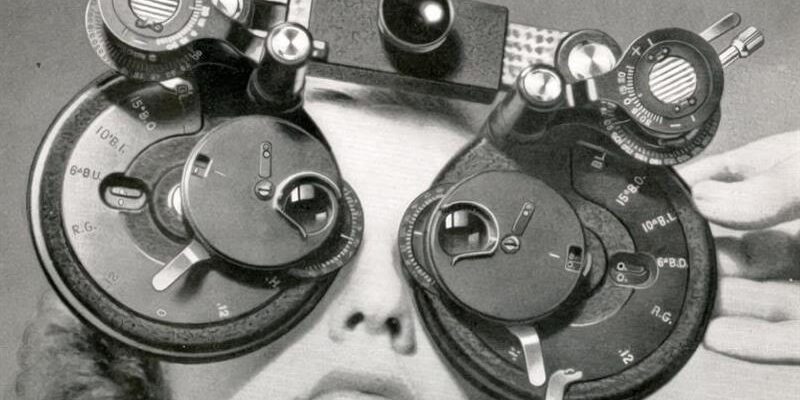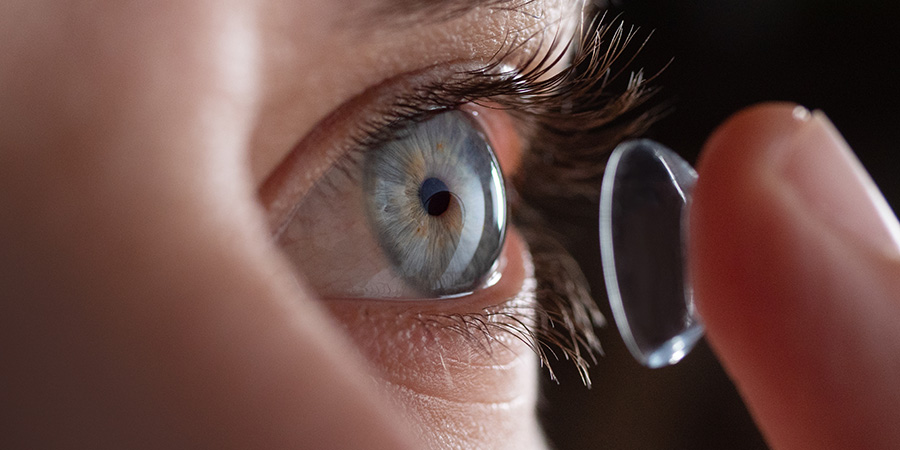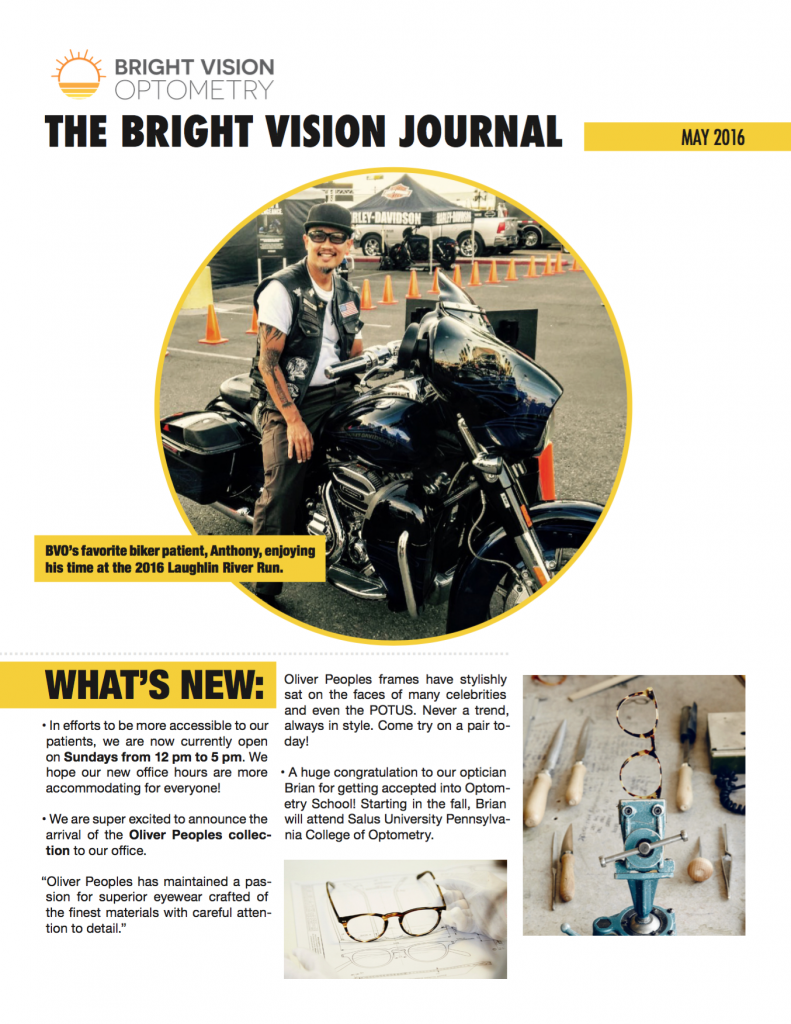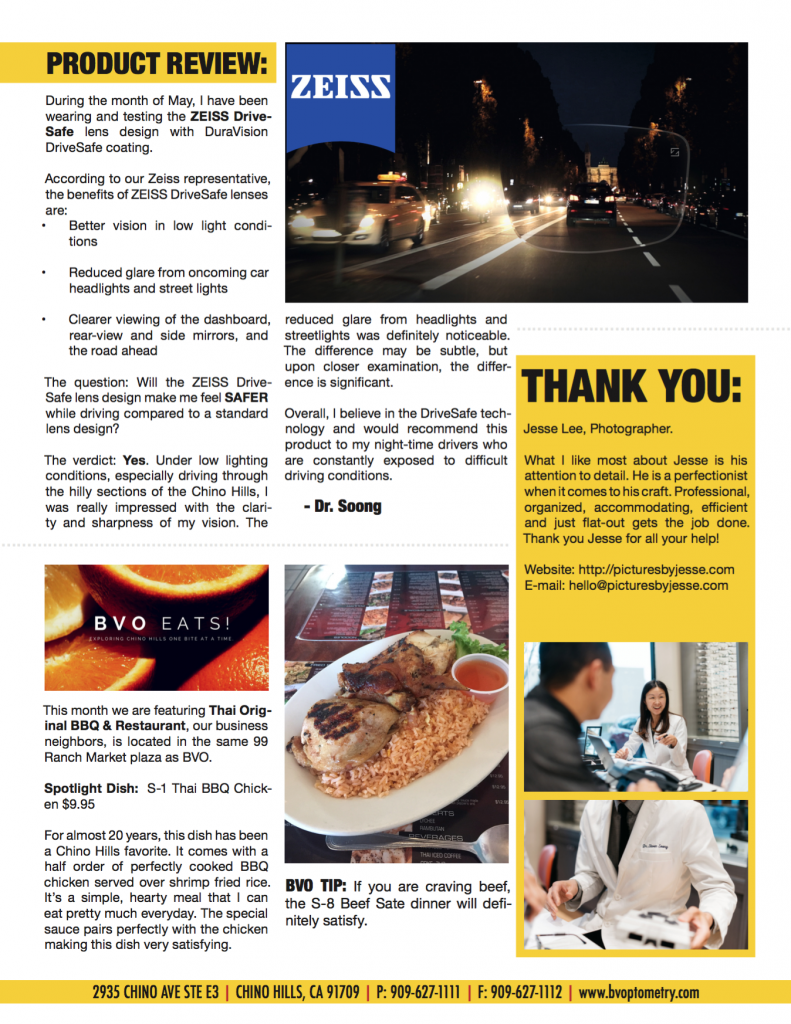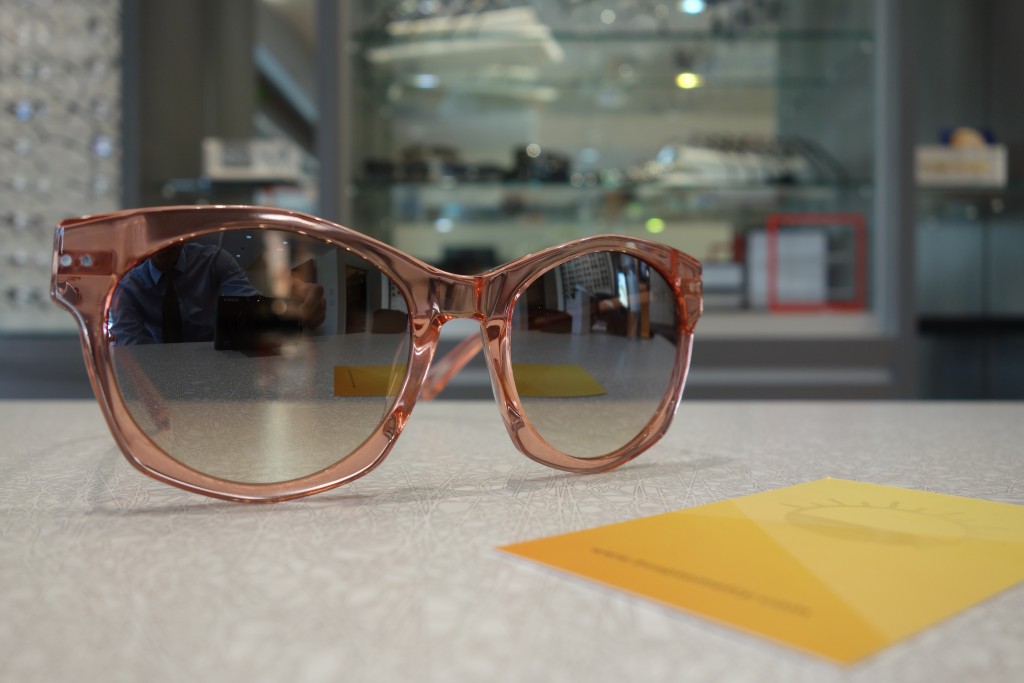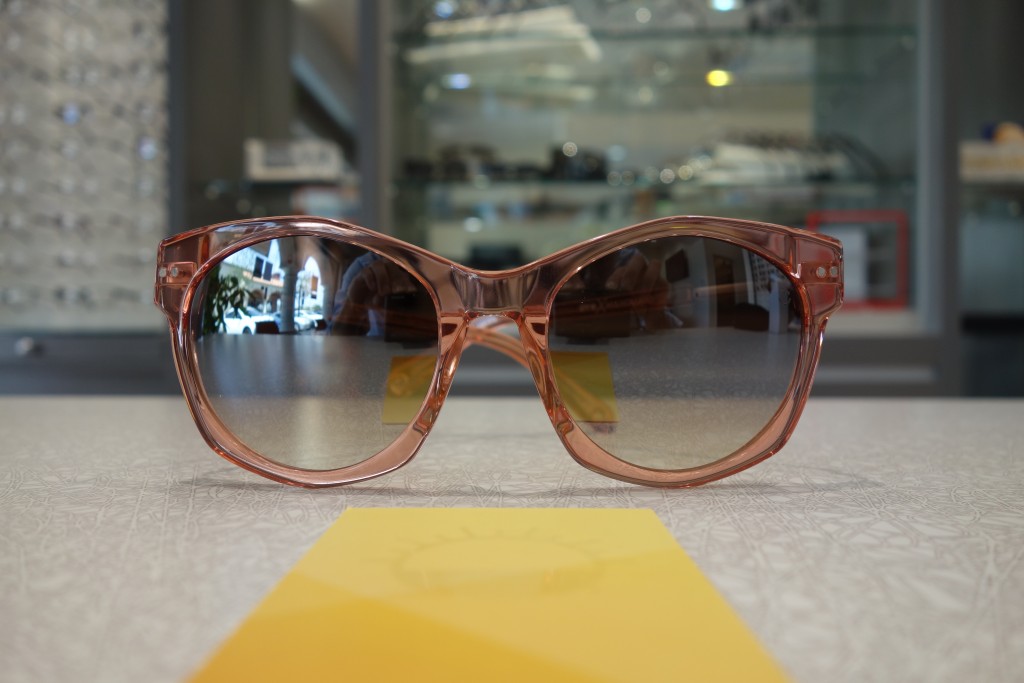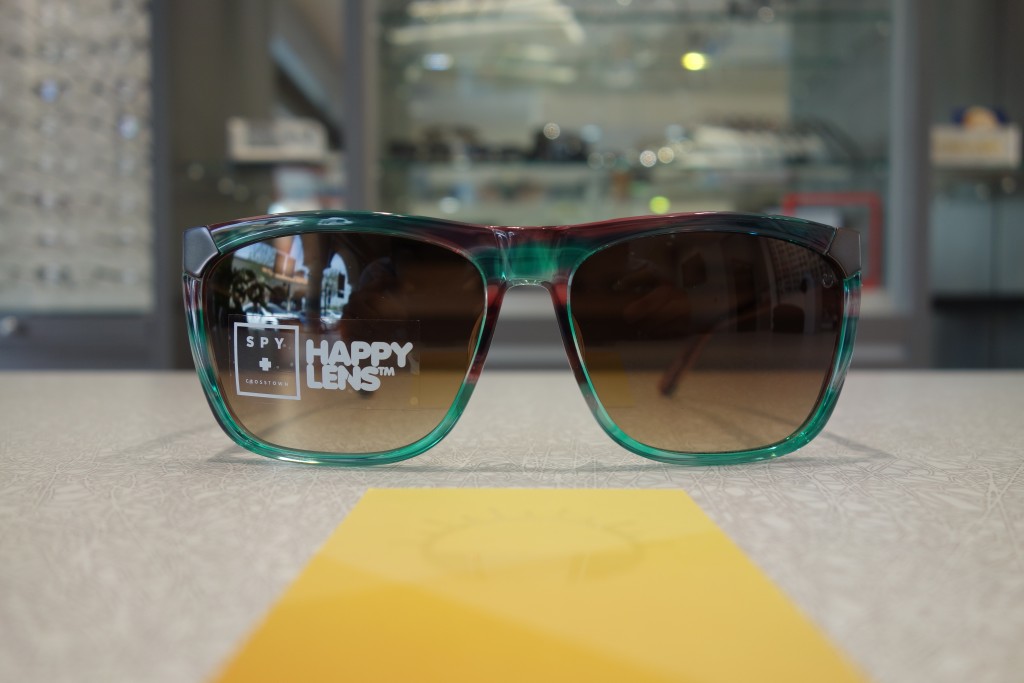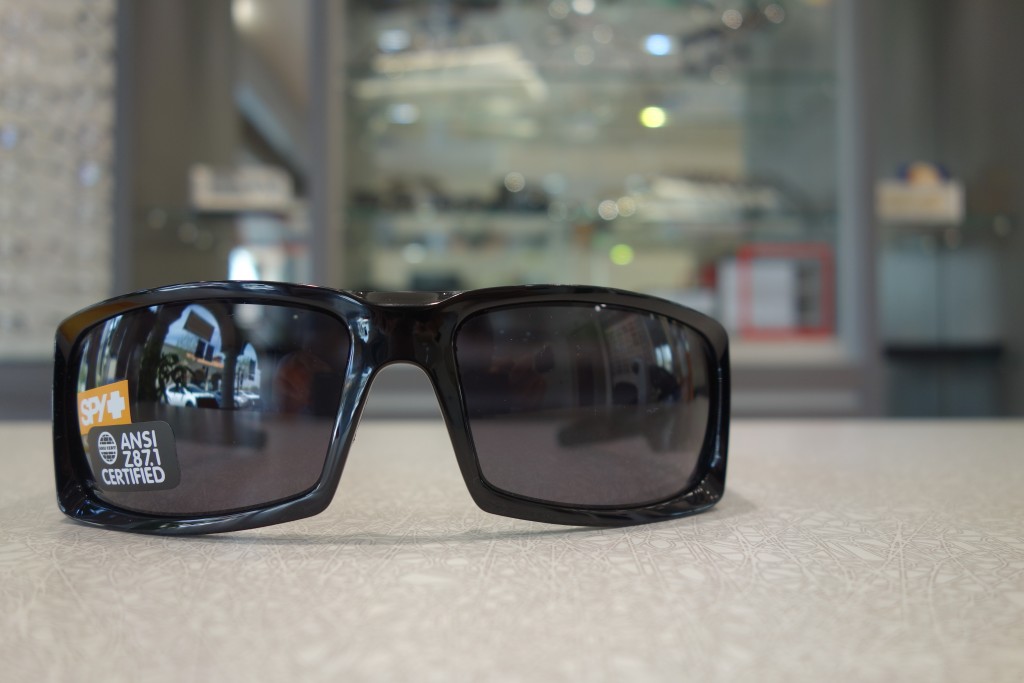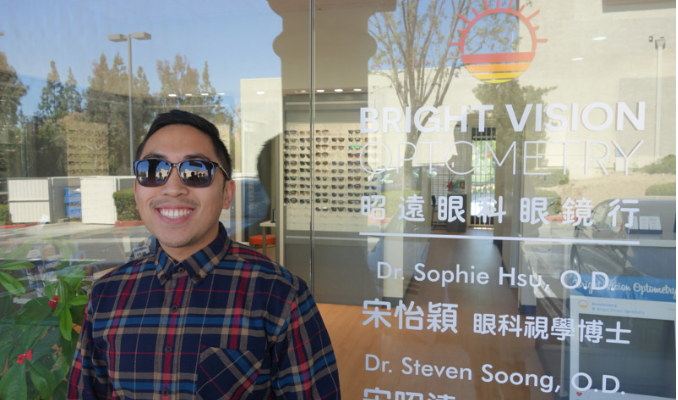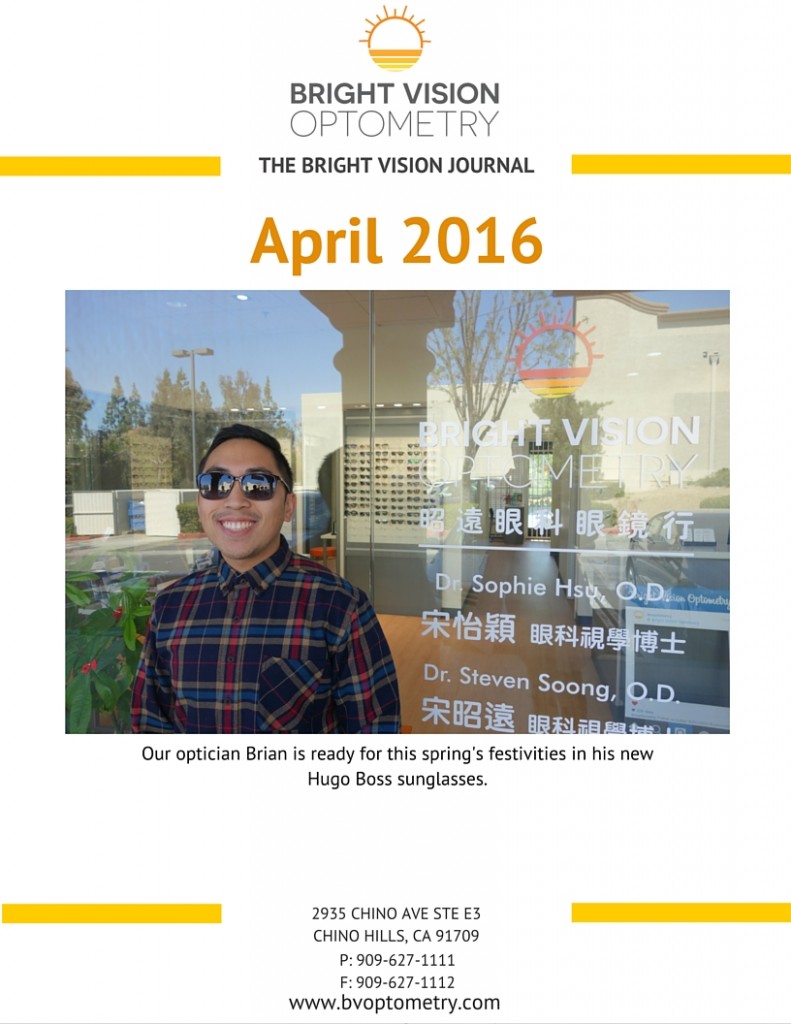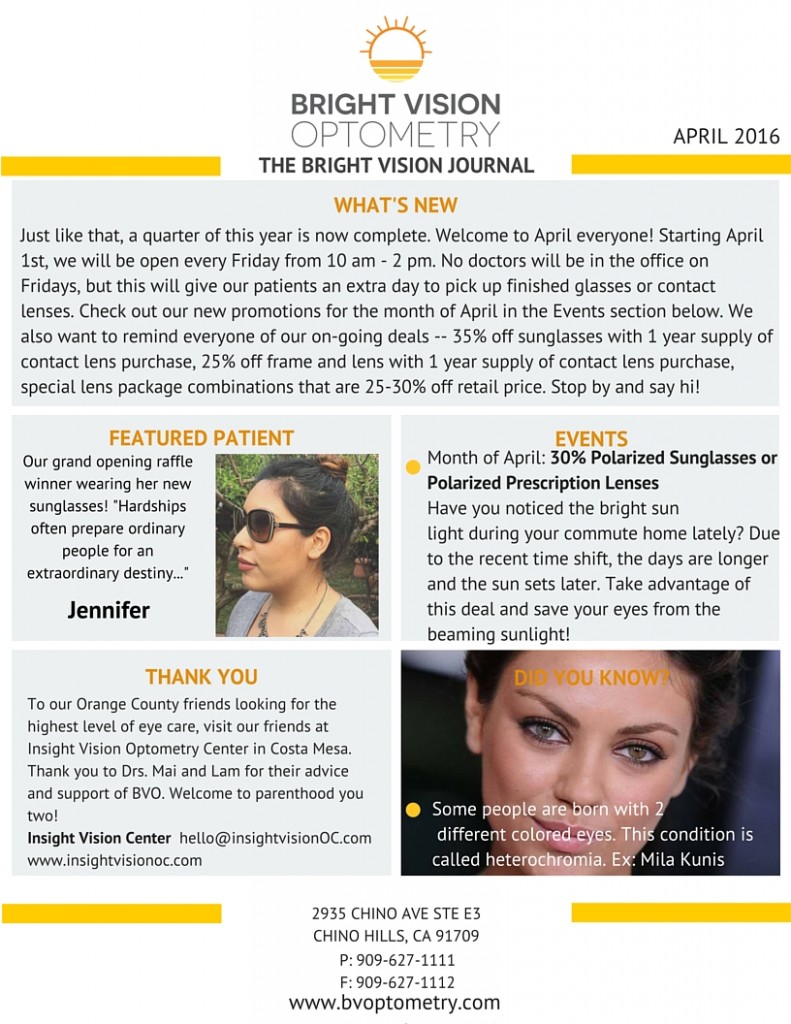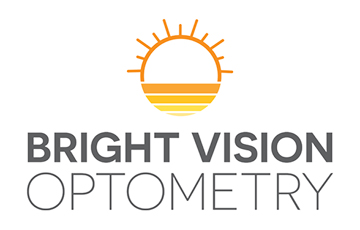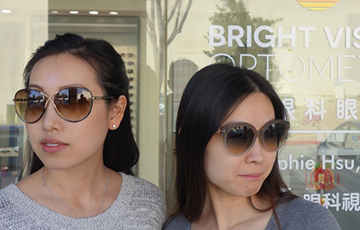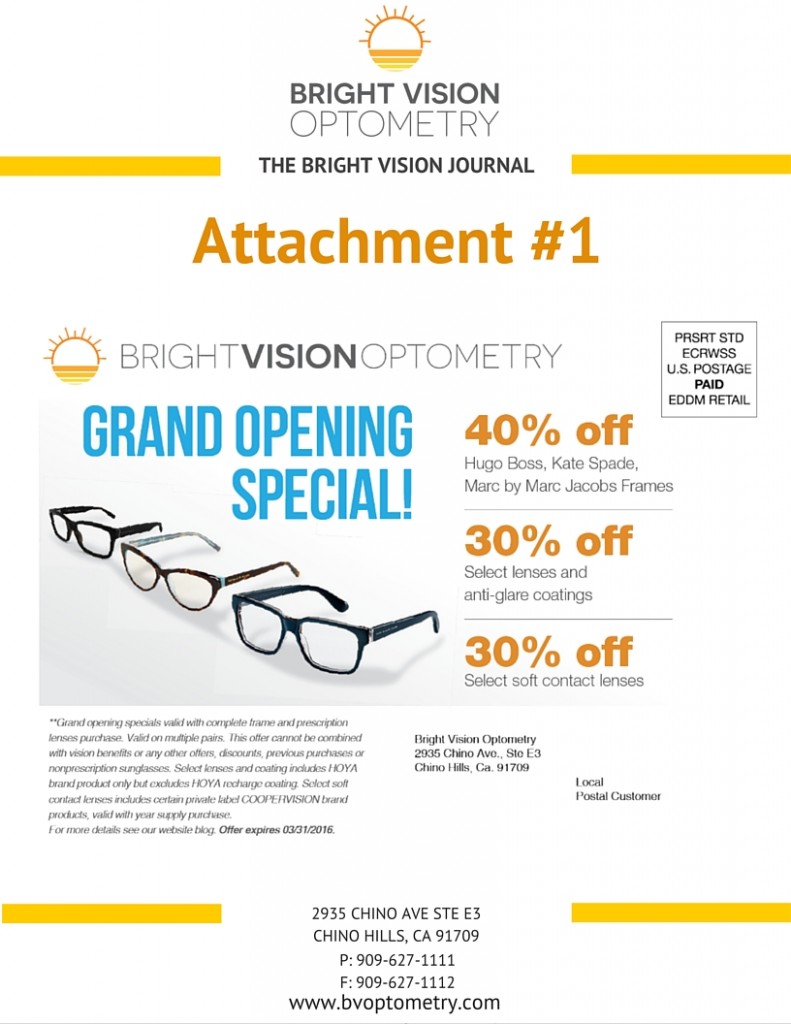Experiencing eye floaters is quite common but are they dangerous?
When you’re staring at the sky on a beautiful, sunny day like most days in Southern California, have you ever noticed a white or black particle that appears to constantly move around, even though your eyes aren’t moving? You know it’s not real, yet you can’t help but notice it. Sometimes, you may be able to ignore them, but other times you may wonder whether they are a cause of concern.
Turns out, these eye floaters are oftentimes a natural process of aging (for the most part). Yes, it’s true that it may be an alarming sign, but oftentimes, it isn’t. Sounds kind of confusing, right? Let’s float deeper into this topic.
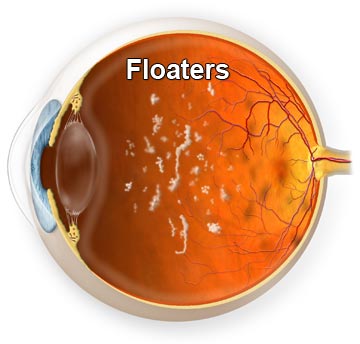
To start off, it is important to know that the back part of our eye is made of two important structures:
- Retina: Allows us to perceive vision.
- The retina is the “wallpaper” inside of our eye which absorbs all visual information for our brains.
- The retina is the “wallpaper” inside of our eye which absorbs all visual information for our brains.
- Vitreous: Keeps our retina in the right place by pushing against it
- Similar to how an adequate volume of water allows a water balloon to hold its shape, an adequate volume of vitreous allows our retina to keep its shape.
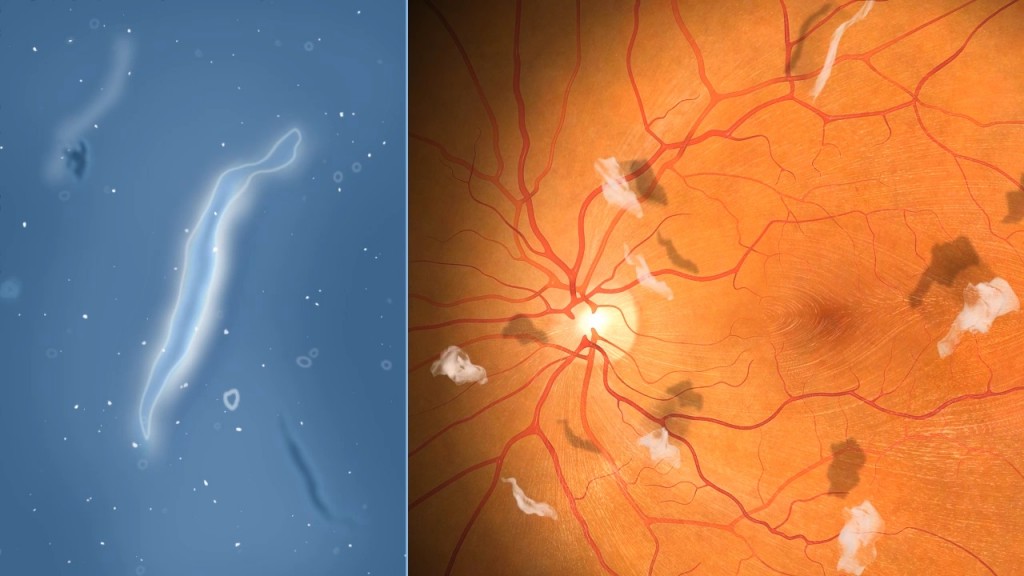
Our vitreous naturally undergoes three different changes as we age (as Dr. Steven likes to say, as we get “wiser”):
- Our vitreous becomes less gel-like, and more liquid-like.
- As our vitreous becomes more liquid-like, the solid particles that give our vitreous its gel-like structure, such as collagen fibers, are released.
- As our vitreous becomes more liquid-like, the solid particles that give our vitreous its gel-like structure, such as collagen fibers, are released.
- Collagen fibers are free to swim around as our vitreous becomes more liquid-like.
- As our collagen fibers move around in our vitreous, they cast a shadow onto our retina. Turns out, these shadows are what we often call “eye floaters”.
- As our collagen fibers move around in our vitreous, they cast a shadow onto our retina. Turns out, these shadows are what we often call “eye floaters”.
- Our vitreous becomes more “deflated” and collapses.
- As this happens, a part of our vitreous might separate from our retina, causing a posterior vitreous detachment. This puts you at a higher risk for a retinal detachment, which can cause your vision to be significantly reduced or completely eliminated.
Since eye floaters typically happen with age, just like how the need for reading glasses typically happens with age, floaters are a relatively normal thing to experience. However, there are occasions when floaters may be a cause for concern, as they may be a sign of an impending retinal detachment. Check out this chart we made to help you with differentiating between normal and abnormal floaters.
| Normal Floaters | Abnormal Floaters | |
| Picture | ||
| Cause | Shadows of particles in our vitreous that happens with age | Release of blood or parts of our retina into our vitreous |
| Quantity | A few floaters that you’re used to seeing | A sudden increase in floaters that you’ve never seen before |
| Noticeable | When staring at bright blue sky or white wall | At all times |
| Other Signs | None | Flashes of light. Curtain coming down and into your vision. Blurry vision. Distorted vision |
If you think you may be experiencing abnormal floaters, it is important for you to go to your eye doctor’s office for a dilated eye exam as soon as possible. Doing so may save your ability to see, and it is certainly better to be safe than sorry.
call or text Bright Vision Optometry: (909)627-1111
schedule your next appointment online: CLICK HERE
the content on this blog is not intended to be a substitute for professional medical advice, diagnosis, or treatment. please seek the advice of qualified health providers with questions you may have regarding your medical or vision conditions.
Bright Vision Optometry is a family-owned & operated optometry office located in Chino Hills, CA 91709

